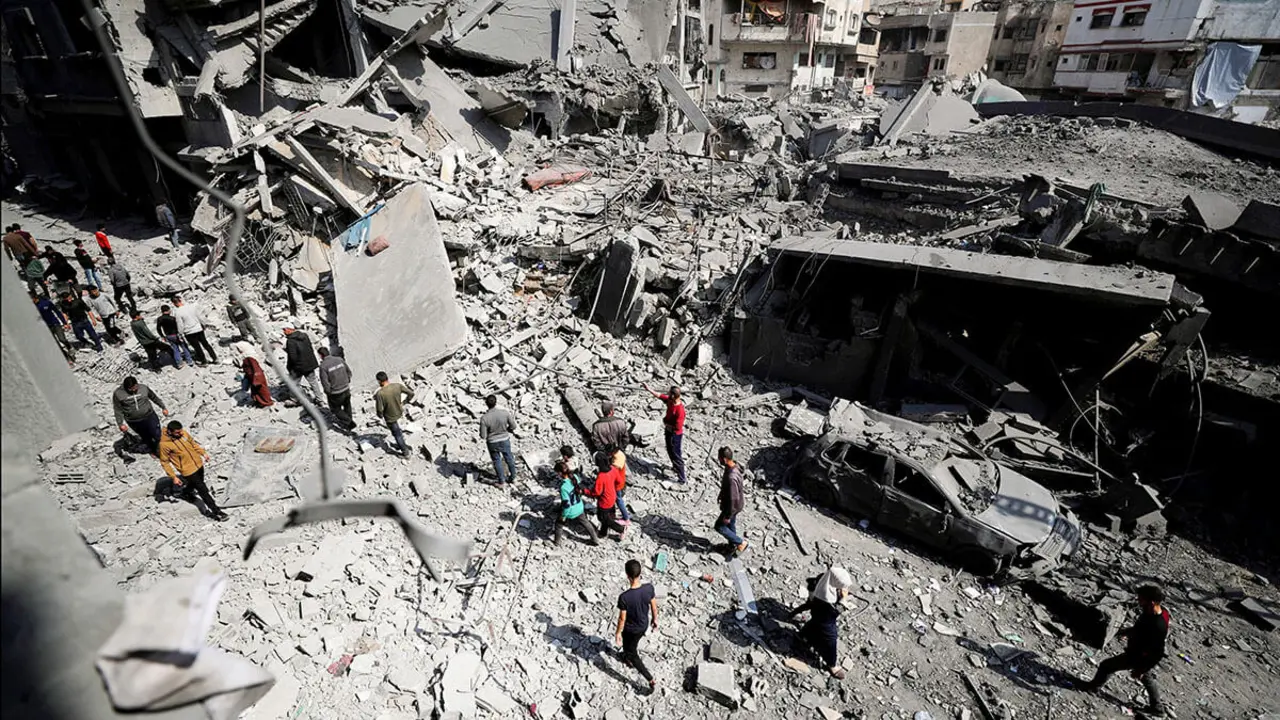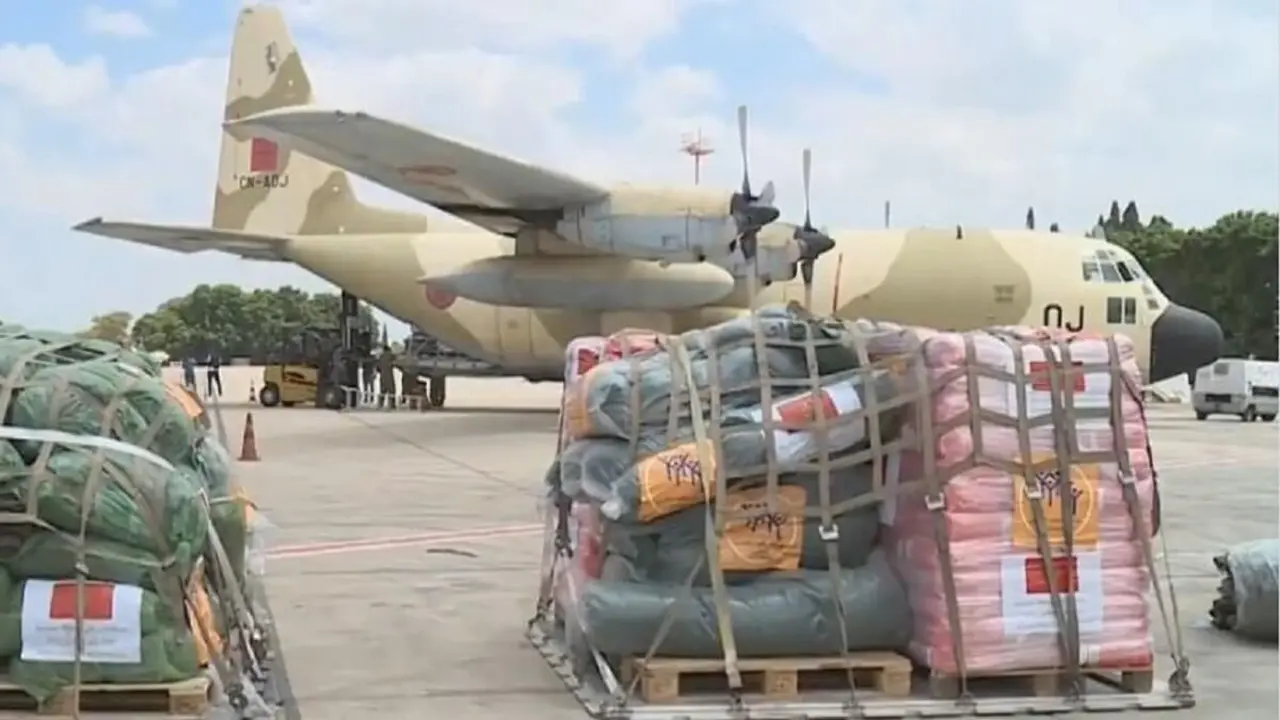Crisis in Sudan: more than 1.6 million people displaced by fighting

According to the International Organization for Migration (IOM), more than 1.65 million people have been displaced recently, including more than 1.2 million inside the country and more than 425,000 in neighbouring countries. On Tuesday, the UN Office for the Coordination of Humanitarian Affairs (OCHA) counted nearly 1.4 million people, including some 345,265 refugees in neighbouring countries.
According to the Geneva-based UN agency, most of the 1.2 million IDPs are leaving Khartoum (69%), followed by West Darfur (21%), South Darfur (8%), North Darfur, Central Darfur and North Kordofan.
The majority of IDPs (65%) have fled to urban areas, while the rest (34.7%) have taken refuge in rural areas.
Three quarters of the IDPs are seeking refuge with relatives or in host communities.
4,000 to 5,000 people a day are entering Egypt
In neighbouring countries, mixed flows continue to increase, to more than 425,000 refugees.
"According to the Egyptian Ministry of Foreign Affairs, more than 175,565 people entered Egypt from Sudan on 29 May," the IOM said, noting that they included 164,000 Sudanese, 6,000 Egyptian returnees and 5,565 third-country nationals. The daily average of arrivals is between 4,000 and 5,000 people.
In Chad, as of 29 May, almost 115,000 arrivals had been registered, of which 90,000 were Sudanese and almost 25,000 non-Sudanese. Some 24,699 returnees were registered in eastern Chad, of whom 58% were women and 42% men; new arrivals continue in Wadi Fira, Quaddai and Sila.
On Sudan's southern border, the number of people in need of protection continues to increase. A significant number of new arrivals report acts of violence against civilians fleeing Sudan.
Over 90% of the registered arrivals are South Sudanese returning home and the majority are registered at the Judah border crossing in Upper Nile states. As of 29 May, more than 85,000 new arrivals had been registered, including almost 83,000 non-Sudanese.
In Ethiopia, almost 35,000 civilians (98% in Metema and 2% in Kurmuk) have arrived from Sudan. According to a count conducted on 29 May by the Ethiopian authorities, they include 5,000 Sudanese and almost 30,000 non-Sudanese of 70 different nationalities.
Between power cuts and shortages of medical supplies
IOM reports that arrivals are being recorded at multiple border posts in Ethiopia's Amhara and Benishangul Gumz regions and monitored by IOM flow checkpoints.
In the Central African Republic (CAR), almost 14,000 arrivals had been registered as of 24 May. These included 10,466 Sudanese and 3,456 non-Sudanese. Most of the refugees come from South Darfur, specifically Nyala and Um Dafoug in Sudan.
As of 25 May, more than 1,245 arrivals had been recorded in Al Kufra, Libya, including some 1,100 Sudanese. Since 15 April, 746 Sudanese migrant workers have arrived in Al Kufra via Chad, while 99 Chadians, 3 Nigerians, 2 Nigerians, 3 Somalis and 392 Sudanese migrants have arrived from Sudan (via Darfur and the northern states).
Inside the country, power cuts and limited internet connectivity continue to be reported due to the fighting.
Media reports indicate that fighting continues despite the signing of a truce, medical supplies are running low across the country and patients are unable to access health facilities for treatment.
Rising fuel prices and disruption of supply chains
"In Ad Du'ayn (East Darfur), more than 30 babies have died since the fighting began, some from lack of oxygen due to power cuts," the IOM detailed in its latest humanitarian situation report.
Most health centres in North, South and West Kordofan are reportedly closed, while those that are functioning lack supplies and staff.
In addition, the price of food and basic commodities continues to rise, reportedly by 40 to 60%. Fuel prices are also rising, contributing in part to the overall price increase in the country.
According to IOM, rising fuel prices and the disruption of supply chains will continue to have a direct impact not only on operations in the country, but also in neighbouring countries, with IOM Chad and IOM Central African Republic (CAR) reporting "operational difficulties due to fuel shortages or increased fuel costs".
In this context, the World Food Programme (WFP) has assisted some 675,000 people across Sudan since it resumed operations. On Saturday, WFP began distributing food in Khartoum. As long as the security situation allows, the agency plans to reach at least half a million people in need of food in the capital, Khartoum.








